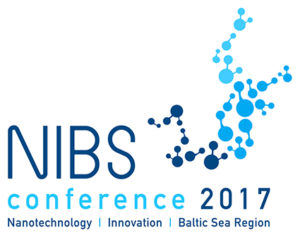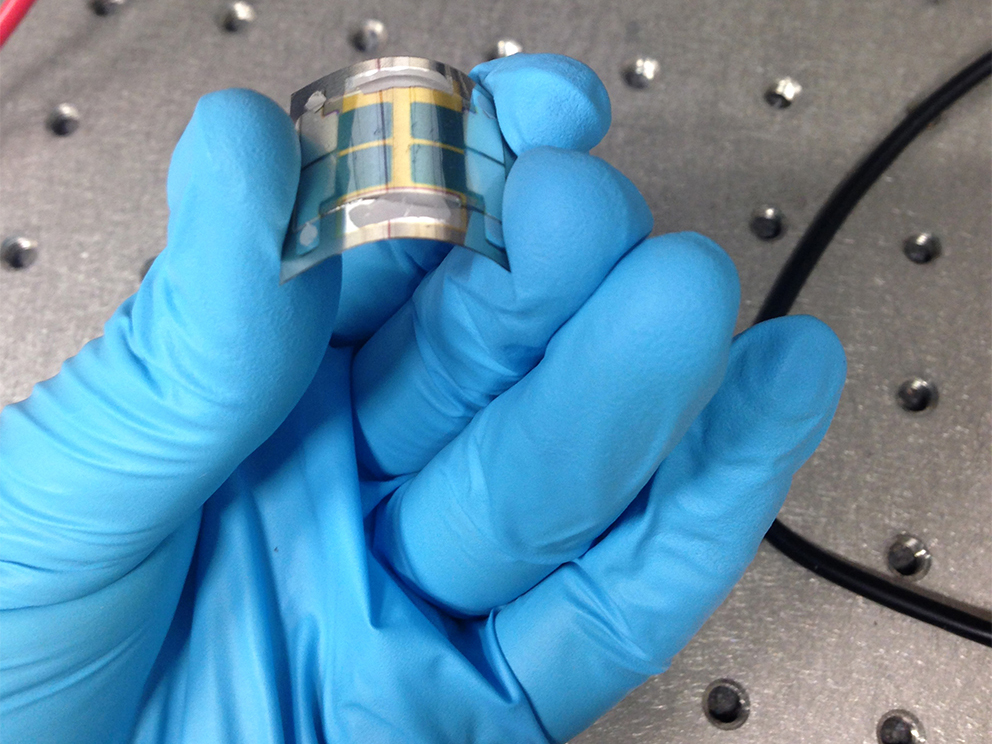The new RollFlex centre was presented when Jørgen Mads Clausen visited the Mads Clausen Institute in August 2016. Parts of the centre originate from a previous Danfoss production facility.
A while ago, Danfoss donated a so-called roll-to-roll (R2R) print facility to the Mads Clausen Institute, SDU, and now the facility has become part of a larger laboratory at MCI – the RollFlex lab. Om August 25, the institute presented the new lab to Jørgen Mads Clausen, long-time CEO and now president of the board at Danfoss.
– It means a great deal for the Mads Clausen Institute that we now have the RollFlex lab in-house. Now we can test, e.g., solutions in DEAP material (Dielectric ElectroActive Polymer) or flexible solar cells on a larger scale and thus bring research-based technology closer to businesses and industry, said Head of Institute Horst-Günter Rubahn in his welcome to Jørgen Mads Clausen.
Part of innovation project centre
The facility is part of the new Interreg Deutschland-Danmark project RollFlex, which, among other things, will be used for upscaling the production of organic solar cells and LEDs. Associate Professor Morten Madsen elaborated on this for the audience.
– Along with the facilities of our project partners from Kiel University, the companies FUMT R&D Functional Materials in Kiel and Stensborg A/S in Roskilde, the facility at MCI forms an innovation project centre. It will contribute to the development of the great market potential for sustainable energy solutions, which is present in the Danish-German border region, said Morten Madsen.
There are also plans to integrate the R2R-facility in different educational activities to ensure that the students also gain from the unique opportunities of the centre.
Solar energy will surpass wind energy
Jørgen Mads Clausen thanked for the invitation and said that he was happy to see that the MCI has so many ideas for the use of the centre, which has a background in Danfoss PolyPower. He added that he was enthusiastic about the new activities on flexible solar cells and predicted that the use of solar energy in the future will surpass the use of wind energy.



 Nanotechnology and Innovation in the Baltic Sea Region – a conference held in Lithuania from 14 to 16 June 2017.
Nanotechnology and Innovation in the Baltic Sea Region – a conference held in Lithuania from 14 to 16 June 2017.








